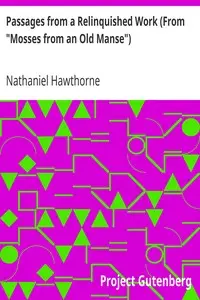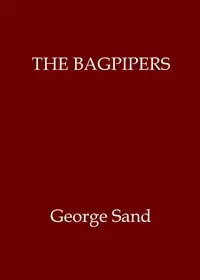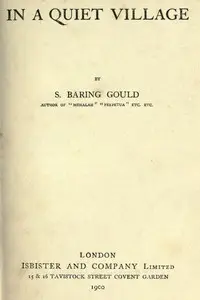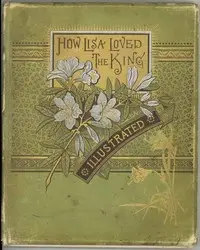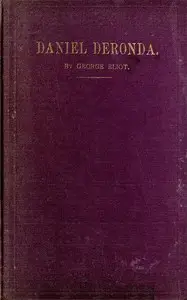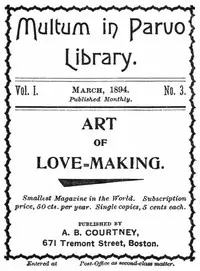"Silas Marner" by George Eliot is a story set in the quiet village of Raveloe, where Silas Marner, a lonely linen-weaver, lives a life of solitude. He buries himself in weaving and collecting gold after being hurt by people he thought he could trust. The story starts by showing Silas as a strange outsider, with odd habits that make the villagers suspicious. We learn about the past events that turned him into a recluse such as betrayal by a friend and loss of religious belief. Now, he finds comfort only in his work and gathering money. The way Silas interacts with the village children and the first impressions of his neighbors highlight how cut off he is from everyone. The story suggests big changes are coming for Silas, promising to shake up his lonely life and take him on a journey of change.
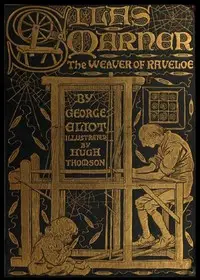
Silas Marner
By George Eliot
A heartbroken recluse hoards gold for comfort, until a twist of fate brings an unexpected treasure into his life, forcing him to rediscover faith, hope, and the meaning of human connection.
Summary
About the AuthorMary Ann Evans, known by her pen name George Eliot, was an English novelist, poet, journalist, translator, and one of the leading writers of the Victorian era. She wrote seven novels: Adam Bede (1859), The Mill on the Floss (1860), Silas Marner (1861), Romola (1862–1863), Felix Holt, the Radical (1866), Middlemarch (1871–1872) and Daniel Deronda (1876). As with Charles Dickens and Thomas Hardy, she emerged from provincial England; most of her works are set there. Her works are known for their realism, psychological insight, sense of place and detailed depiction of the countryside. Middlemarch was described by the novelist Virginia Woolf as "one of the few English novels written for grown-up people" and by Martin Amis and Julian Barnes as the greatest novel in the English language.
Mary Ann Evans, known by her pen name George Eliot, was an English novelist, poet, journalist, translator, and one of the leading writers of the Victorian era. She wrote seven novels: Adam Bede (1859), The Mill on the Floss (1860), Silas Marner (1861), Romola (1862–1863), Felix Holt, the Radical (1866), Middlemarch (1871–1872) and Daniel Deronda (1876). As with Charles Dickens and Thomas Hardy, she emerged from provincial England; most of her works are set there. Her works are known for their realism, psychological insight, sense of place and detailed depiction of the countryside. Middlemarch was described by the novelist Virginia Woolf as "one of the few English novels written for grown-up people" and by Martin Amis and Julian Barnes as the greatest novel in the English language.


